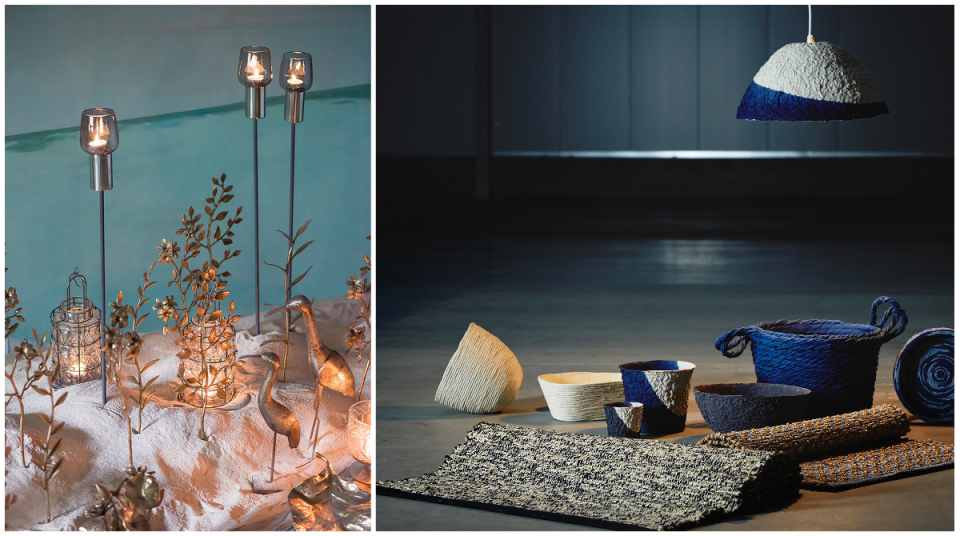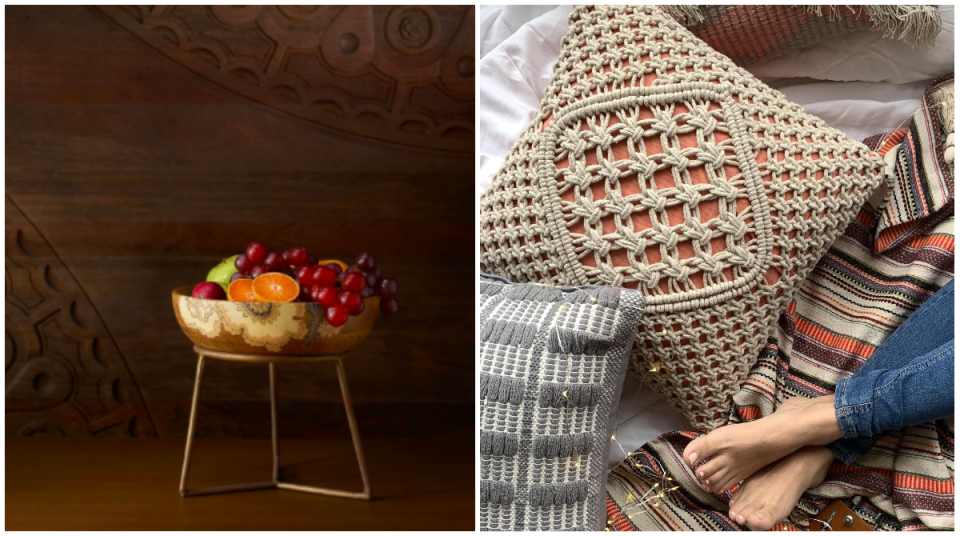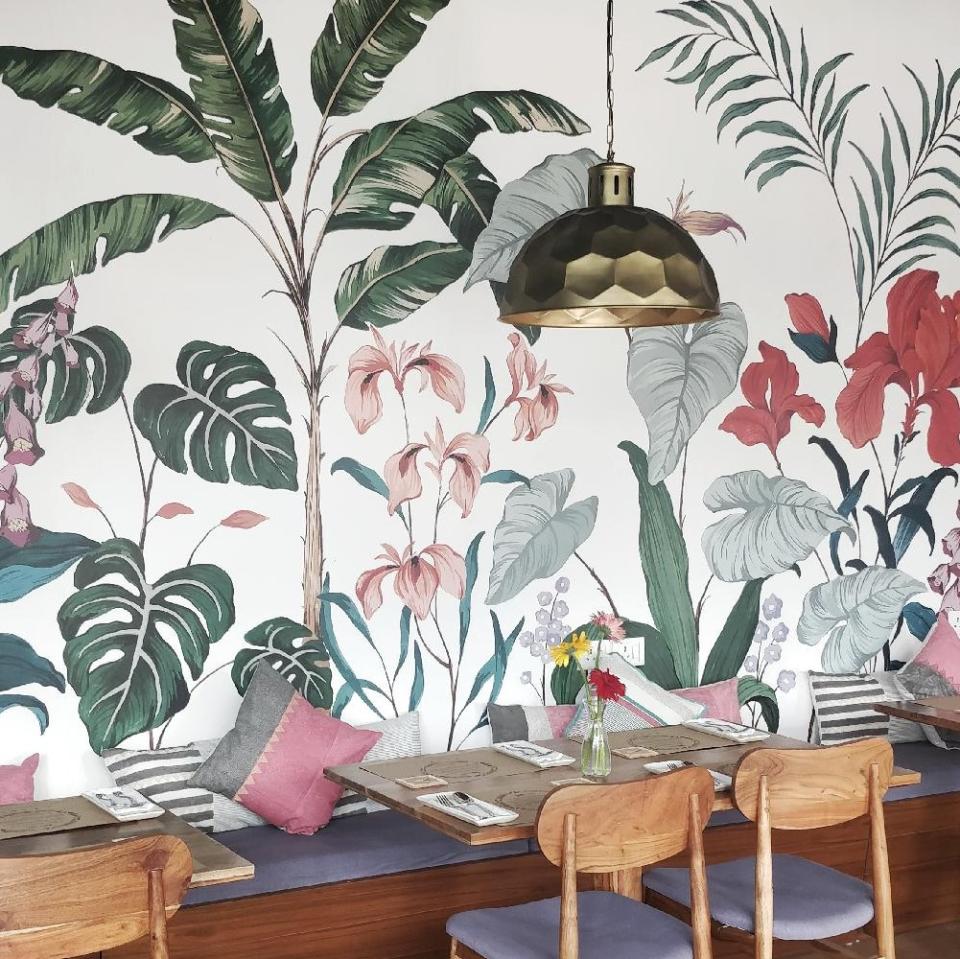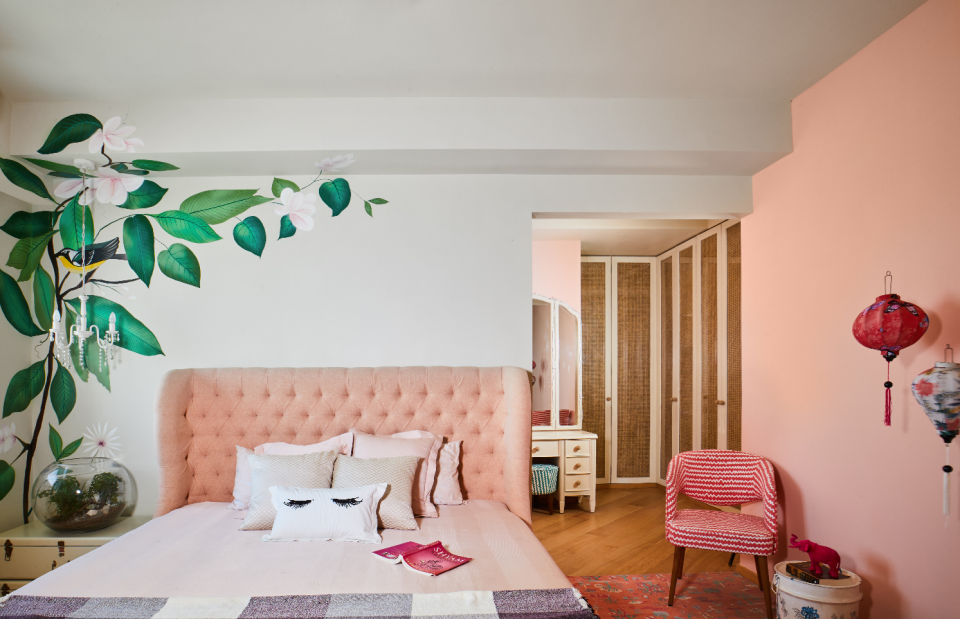YIR: How Mother Nature Inspired Home Interiors in 2019
At the start of this year, an analysis of leading design resources by MuchNeeded showed that sustainability and the use of natural materials was most likely to steer design and decor trends in 2019. And boy were the numbers right! We unpack some of the ways in which nature took its course, playing muse to interior and product designers the globe.
Biophilic Design
The biophilic design craze led to more people reimagining their indoor spaces – home, work and play – as extensions of the great outdoors. Based on the premise that nature positively impacts well-being, biophilic design originated in the Eighties and is more relevant than ever today.
In April, The New Yorker attributed the millennial’s leafy love affair with houseplants to a way of calming anxieties amidst the current climate emergency. "We tend to cling, more dearly, to that which seems to be slipping away. In big cities, it's a patch of green under our feet and a view of the sky above. The inspiration we take from it, in all the design around us, is our way of staying connected with nature," says Mumbai-based interior designer and blogger Rittika Chokhany whose home is peppered with plants.
Additionally, there’s no denying that plants have a certain aesthetic appeal, which makes for house-proud, Pinterest-perfect frames. Just scroll through lifestyle blog and publishing company Apartment Therapy’s @IPlantEven Instagram handle that’s thriving with green content. Or the #monsteramonday hashtag with its 200,000+ posts that bring the tropical theme alive.
We tracked the monstera’s rise to iconic status as it appeared on everything, from signature wall claddings and art prints to crockery and soft furnishings.
Beyond the Houseplant
Biophilic design is more than just strategic plant-scaping. It embraces nature in myriad ways – via architectural features like sunlit and passively cooled spaces; natural elements like waterbodies and sustainable materials; organic forms and tactile textures.

Design collections released over the past year ticked one or more of the aforementioned features. The sustainable cane and bamboo, for example, are experiencing a resurgence as sculptural, practical homeware. At the third edition of Raw Collaborative, an Ahmedabad-based design show, we saw wicker-work by local brands like Mianzi, Pieces Of Desire (P.O.D), Sangaru Design and Freedom Tree. Then Swedish company IKEA launched the Förändring homeware collection that is made from rice straw – a harvesting residue that contributes heavily to air pollution when burned. Designed by Akanksha Deo and Iina Paulina Vuorivirta, the line is part of the brand's Better Air Now initiative. Its black and blue palette is a reflection of today's smoggy skies and hope for bluer ones in the future. Luxury label Good Earth’s Maladvipa collection, inspired by the Maldives, includes statement pieces crafted out of sand-cast recycled brass.
“It’s not just to aestheticize the environment that design is being called upon. We are designing based on biological systems, working with plant-based materials and so on. In a larger movement people are calling for an equality on planet Earth in terms of the way we live with other species,” says Geetanjali Sachdev, a Bengaluru-based, art and design pedagogue at the Srishti Institute of Art, Design and Technology.
Nature in Form
An increasingly digitized lifestyle has led to a craving for the tangible world with all its textures, warmth and imperfections. This has sparked a rise in artisanal pieces featuring tactile materials like wood, marble, brass and ceramic. Curations by online stores like Modern Quests, Ellementry and The Label Life showcase a range of homeware and lifestyle products handcrafted in their raw state.

In other instances, forms lean towards the organic, void of unnaturally straight lines; while finishes mimic those found in the wild. Raphael Navot's Primordial bookcase, part of the Nativ collection for Roche Bobois, is moulded out of polyurethane and coated in a rock finish. Then there is the Campana Brothers blobby seating design for Louis Vuitton’s Objets Nomades collection. Closer home, the Forest Chair by Scarlet Splendour, is a handcrafted statement piece in nautical resin and brass. Its mythical-organic form is yet another exploration of climate change by Italian sculptor-designer Marcantonio Raimondi Malerba.
Similarly, soft furnishings played with chunky weaves, puckered textures and smooth surfaces. Examples include the Vann collection by Cottons & Satins, a velvet and fine-cotton line inspired by the tranquillity of nature; AA Living’s macramé wall hangings; and Italian lighting brand Contardi’s fringe chandeliers and table lamps.
The Botanical Art Revival
While plant motifs have and will continue to influence design, the vintage botanical art style, in particular, made a comeback. Some examples include: Designer and Founder of lifestyle e-shop The Ink Bucket, Vidhi Khandelwal’s murals for Fabcafe outlets across the country; luxury lifestyle label Nicobar’s Vipasa and Serai home collections; and wallpaper company Nilaya by Asian Paints’ Fiji Garden print.

At its core, the nature-inspired aesthetic is a reflection of our times; a longing for a lifestyle that better engages with the ecosystem. One can only hope that the trend evolves into a way of life.

 Yahoo Finance
Yahoo Finance 

